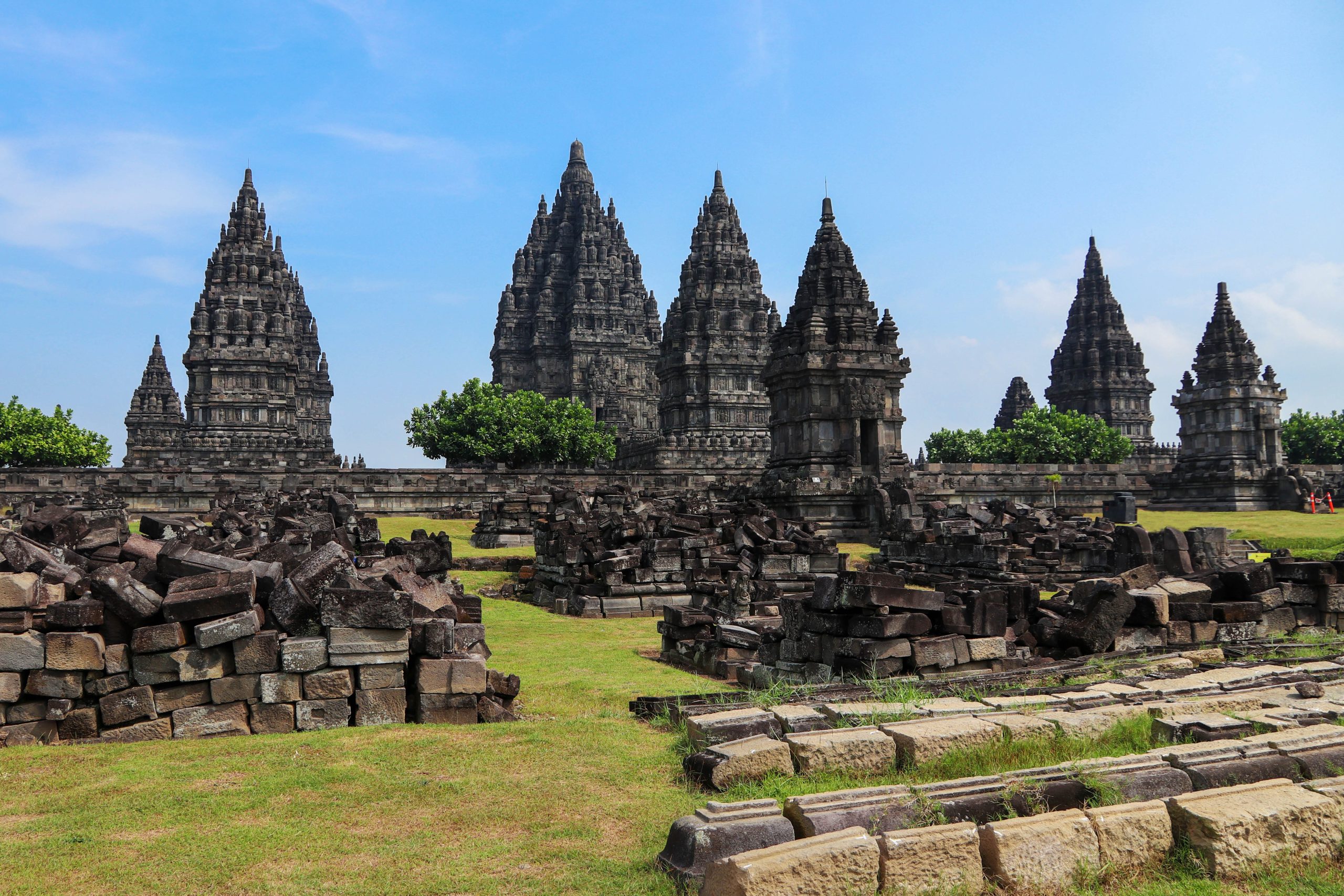YOGYAKARTA
video property by wonderfull indonesia
Yogyakarta: Indonesia’s Timeless Jewel of Culture, History & Adventure
For travelers seeking a destination where ancient traditions breathe alongside modern energy, Yogyakarta (or “Jogja,” as locals fondly call it) is Indonesia’s crown jewel. This city isn’t just a stop on a map it’s a living storybook of Javanese royalty, spiritual wonders, and landscapes that stir the soul.
A Kingdom That Defied Time
Yogyakarta’s heartbeat is its Sultanate, one of the last remaining royal courts in Southeast Asia that still holds political and cultural influence. Founded in 1755, the Kraton Yogyakarta (Sultan’s Palace) is a mesmerizing world of arched gateways, handcrafted batik, and the haunting melodies of gamelan orchestras. Unlike static museums, the Kraton thrives with daily life courtiers in traditional attire, artisans shaping silver in Kota Gede, and the sacred Bedhaya Ketawang dance, said to channel the spirit of the mythical Queen of the South Seas.
During Indonesia’s fight for independence, Sultan Hamengkubuwono IX transformed Yogyakarta into the revolutionary capital, sheltering leaders like Sukarno. Today, the Sultan remains a revered figure, and the city’s Special Autonomous Status ensures its traditions endure in a modern world.
Where Temples Whisper Legends
Just beyond the city, two UNESCO World Heritage Sites stand as testaments to Java’s spiritual past:
Borobudur, the world’s largest Buddhist temple, emerges from the mist at dawn like a stone lotus. Climbing its terraces as the sun rises is a pilgrimage through time, where 2,672 relief panels tell the Buddha’s journey.
Prambanan, a towering Hindu masterpiece, ignites the imagination with its Rama-Sita epic carved in stone. By night, the temple grounds host open-air Ramayana ballet performances, where fire dances and flickering lamps bring mythology to life.
Nature’s Drama: Volcanoes, Caves & Forbidden Beaches
Yogyakarta’s landscapes are as dramatic as its history:
Mount Merapi (“Mountain of Fire”) rumbles on the horizon. Brave souls trek its ashy slopes or roar across the “apocalypse zone” in lava jeeps, where villages were buried in 2010.
Jomblang Cave drops visitors into a Jurassic-like sinkhole, where sunlight pierces the darkness like a celestial spotlight.
The South Coast is ruled by the legendary Nyai Roro Kidul, the “Queen of the Southern Sea.” At Parangtritis Beach, waves crash in mythic fury, while Gunungkidul’s hidden coves (like Drini or Siung) offer turquoise tranquility.
The Soul of the Streets
Malioboro Street: By day, it’s a riot of batik shops and becak (pedicab) drivers; by night, it transforms into a smoky food haven where gudeg (sweet jackfruit stew), sate klathak (grilled goat skewers), and kopi joss (charcoal coffee) fuel endless chatter.
Taman Sari Water Castle: A ruined 18th-century royal spa complex, where secret tunnels and bathing pools whisper tales of sultans and concubines.
Art & Rebellion: Jogja pulses with creativity—from Affandi’s surrealist gallery (the artist’s home-turned-museum) to punk murals in Tembi Village, where tradition collides with underground art.
Why Yogyakarta Stays With You
Jogja doesn’t just welcome visitors; it enchants them. It’s in the smile of a batik seller bargaining in broken English and the surreal moment when a wayang kulit (shadow puppet) performance under a banyan tree makes centuries disappear.
For the world-weary traveler, Yogyakarta offers something rare: a place where magic feels real, history is alive, and every alleyway holds a story. As the Javanese say, “Mangan ora mangan sing penting ngumpul” (“Whether we eat or not, what matters is being together”). In Jogja, you’re always part of the gathering.
© Physics Departmen









